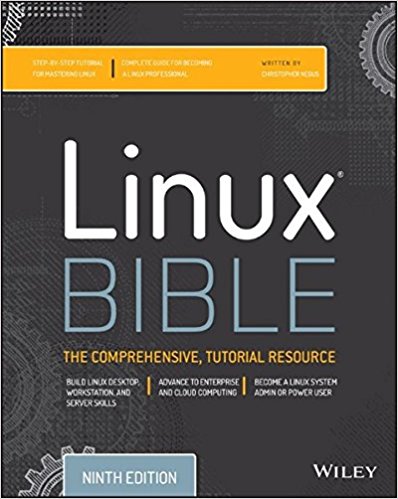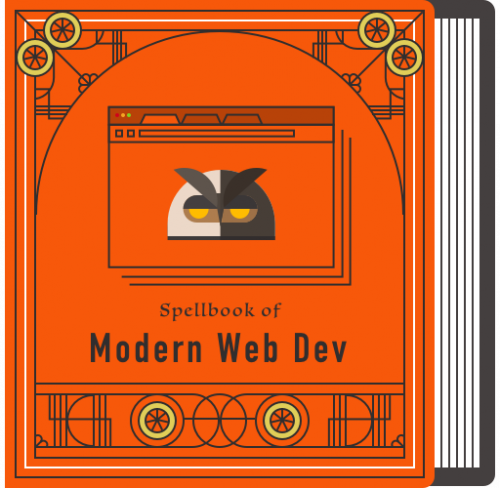Category: Sysadmin
System administration is a special are of IT. It also has a special place in my heart. It is an interesting mixture of all the other disciplines, both common across the whole industry, and at the same time unique for each person, company, and geographical location. When I have something to say or share about system administration, I use this category.
Zabbix : No more flapping. Define triggers the smart way.
“No more flapping. Define triggers the smart way.” is a very useful article from the Zabbix Weblog on how to setup sensible, flapping-aware triggers in Zabbix.
I’m sure every single person on this planet has a limit to how many up and down notifications he can receive …
5 Fancy Reasons and 7 Funky Uses for the AWS CLI
5 Fancy Reasons and 7 Funky Uses for the AWS CLI has a few good examples of AWS CLI usage:
- AWS CLI Multiple Profiles
- AWS CLI Autocomplete
- Formatting AWS CLI Output
- Filtering AWS CLI Output
- Using Waiters in the AWS CLI
- Using Input Files to Commands
- Using Roles to Access Resources
There also a few useful links in the article, so make sure you at least scroll through it.
16 Linux Books and Videos for System Administrator
Having knowledge of Linux is essential for any system administration, middleware, web engineer job.
Linux is used almost everywhere in production or a non-production environment. There are thousands of article, book, video training to explore and learn but that would be time-consuming.
Instead, you can follow one or two related books or online training.
The following learning materials cover a large number of Linux Administration tasks from beginning to expert level. So pick the one suits you.
Source: 16 Linux Books and Videos for System Administrator
Spellbook of Modern Web Dev
Spellbook of Modern Web Dev is a collection of 2,000+ carefully selected links to resources on anything web development related. It covers subjects from Internet history and basics of HTML, CSS, and Javascript, all the way to tools, libraries and advanced usage of web technologies, and more; from network protocols and browser compatibility to development environments, containers, and ChatOps.
- This document originated from a bunch of most commonly used links and learning resources I sent to every new web developer on our full-stack web development team.
- For each problem domain and each technology, I try my best to pick only one or a few links that are most important, typical, common or popular and not outdated, base on the clear trends, public data and empirical observation.
- Prefer fine-grained classifications and deep hierarchies over featureless descriptions and distractive comments.
- Ideally, each line is a unique category. The ” / “ symbol between the links means they are replaceable. The “, “symbol between the links means they are complementary.
- I wish this document could be closer to a kind of knowledge graph or skill tree than a list or a collection.
- It currently contains 2000+ links (projects, tools, plugins, services, articles, books, sites, etc.)
On one hand, this is one of the best single resources on the topic of web development that I’ve seen in a very long time. On the other hand, it re-confirms my belief in “there is no such thing as a full-stack web developer”. There’s just too many levels, and there’s too much depth to each level for a single individual to be an expert at. But you get bonus points for trying.

